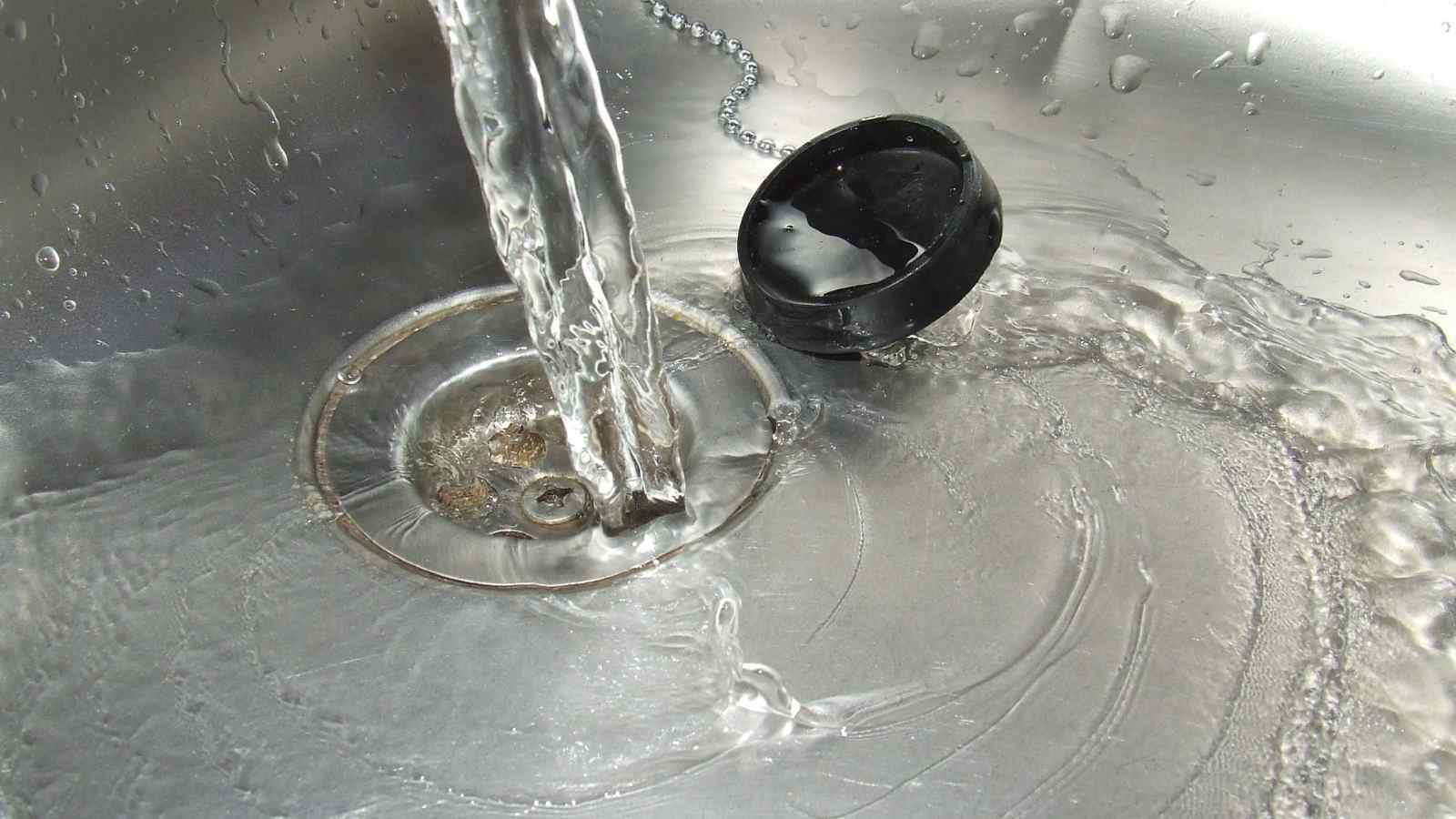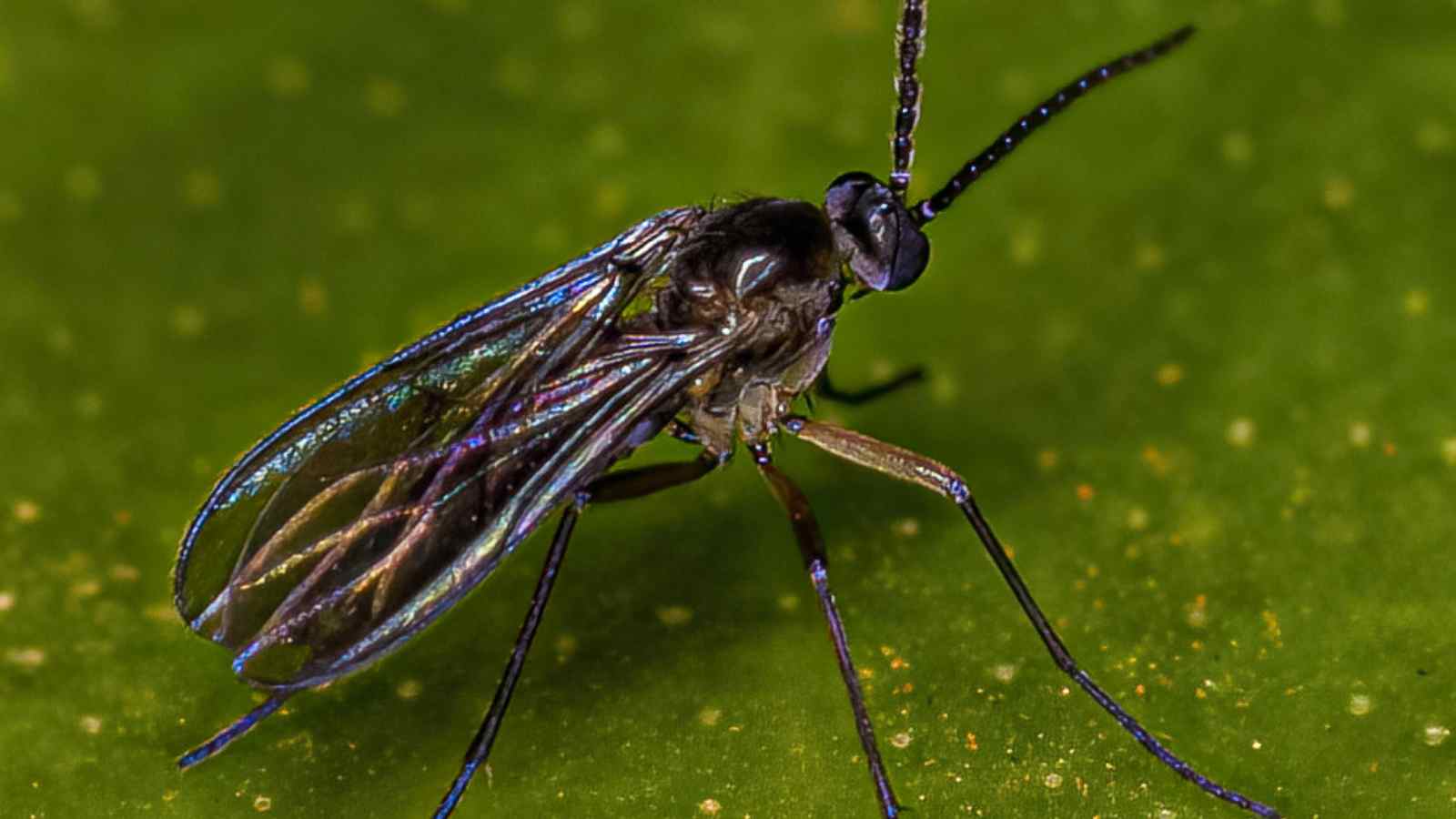How to Prevent Gnats From Invading Your Space
There I was, finally sinking into the couch with a well-deserved glass of wine, when a tiny gnat decided to dive-bomb straight into it. In an instant, my quiet evening was reduced to all-out swat warfare, and I couldn’t help but wonder if my kitchen had somehow become a gnat colony overnight.
After a lot of trial and error, and a few embarrassing fruit-bowl disasters, I realized that it’s not so much about quick fixes. It’s about making your home a place they don’t want to live in.
Simple tweaks, like sealing fruit, drying out soggy soil, and giving the sink drain a good scrub, made all the difference. Step by step, I was able to turn my room from a gnat magnet to a no-fly zone, and now I’ll show you how to do the same.
Why Gnats Love to Move In (and Why It Matters to Stop Them Fast)
Gnats aren’t just annoying; they’re opportunistic. Pest control experts Scot Hodges of Arrow Exterminators and Jeremy Logsdon of Preventive Pest Control explain in a guide by Martha Stewart that gnats are typically attracted to homes by decaying fruit, fermented drinks, soggy soil from overwatered houseplants, and dirty drains or leaky plumbing.
I learned it the hard way when one rotten banana on my counter grew into what felt like a buzzing convention within less than 24 hours. I learned two things through that experience: gnats multiply quickly, and ignoring them for even a day can turn a minor problem into an invasion. When I understood their behavior, I realized that prevention isn’t about luck—it’s about strategy.
My First Gnat War: The Kitchen Takeover
The first time gnats got out of hand in my house, I thought I could outsmart them with a few swats and some open windows. Big mistake. Within a week, my kitchen felt like a science experiment gone wrong. Every time I’d grab fruit from the bowl, a tiny swarm would greet me like they owned the place.
It was then that I understood I needed a system, not trial and error. I started to approach gnat prevention the way I approach financial planning or business decision-making: identify the source of the issue, eliminate it, and put up guards. The shift was virtually instant once I shifted from reacting to preventing.
Clean Counters, Clear Mind

A 2024 study at Yale University found that insects have several specialized receptors to detect certain sugars, as opposed to one general “sweet” receptor like the human body. This enables gnats (and other flies) to recognize different sugars and are biologically programmed to locate energy sources, including juice spills, fruit, and crumbs.
I once left a cutting board overnight after chopping up mangoes, and by the next morning, gnats were buzzing around as if it were an all-you-can-eat buffet. It was a lesson in the importance of prevention: keeping clean surfaces.
Now I have a guideline to clean the countertops at night before bed, even if they don’t look dirty. Gnats are drawn to tiny spills you can’t see, but they can. This small ritual helps keep gnats at bay and helps me relax.
Trash Trouble
I had no idea why the gnats refused to leave for weeks, despite my counters being sparkling clean. And then it suddenly came to me: my trash can. Banana peels, coffee grounds, and wet paper towels were their 5-star hotel. When I finally opened the top, I was welcomed by a tiny cloud of gnats flying suspended mid-air as if they were expecting me.
The fix? I started taking the trash out every other day, no exceptions. Americans generate an average of 4.9 pounds of trash per person per day, according to the Environment America Research & Policy Center. So if it sounds extreme, trust me, it isn’t.
Gnats breed in garbage bags in no time. Adding a fitted lid to the bin and a periodic vinegar rinse became my magic solution. That constant swatting-for-nothing was a thing of the past.
Plants

I adore houseplants, but they were a silent co-conspirator in my gnat infestation. Fungus gnats particularly prefer wet soil. The adult fungus gnats live only a day or two, but females can lay more than 200 eggs at a time. As soon as a larva becomes an adult, it quickly lays new eggs in the moist soil of your plant, starting the cycle all over again.
I remember watering my plants generously one summer and noticing the gnats getting worse. I first suspected the fruit bowl, but really, the culprits were lounging beside the window on my peace lily. The solution that worked for me was to water smarter, not more complex.
Making the top inch of soil dry before watering was my key to success. I also installed a layer of decorative rocks on top of the soil, which prevented gnats from breeding so easily. Instead of losing my plants, I learned how to care for them in a way that kept the gnats at bay.
Drains

One of the most surprising things I ever discovered was when I realized gnats weren’t just coming from food or plants—they were actually breeding in my sink drains. Food particles and water create the ultimate hidden breeding ground for bacteria. I would clean everything in sight and still wonder why the gnats came back, until finally I caught them flying over the drain.
My fix was simple but powerful: periodically, I pour hot water and vinegar down the drain. Some people use bleach, but I prefer natural treatments that don’t fill my kitchen with fumes. That killed one entire colony that I didn’t even know existed.
My Secret Weapon: DIY Traps That Actually Work
When prevention didn’t work, I needed an offense plan. After experimenting with a few things, I found one trick that never fails: apple cider vinegar traps. The first evening I left one out (a bowl of vinegar with a few drops of dish soap), I was astonished at how many gnats it caught. It was like justice.
I added it to my toolkit over time. I’d place a trap near my fruit bowl or my plants and let it silently do its work. According to The Spruce, this method works because gnats are attracted to the fermentation smell that vinegar mimics. Once they fall into the bowl, the dish soap breaks the surface tension of the liquid, causing them to drown.
To me, it was not just about getting rid of gnats; it was about achieving peace of mind. Watching the problem shrink day by day assured me that tiny actions could deliver order.
Preventing Gnats Is About Habits, Not Just Hacks
The biggest thing I’ve learned from battling gnats is that prevention takes time. It is a chain of small habits that contribute to lasting protection.
I made cleaning the counters, removing the trash, cautious watering, and cleaning the drains into habits. Consistency keeps them away, and consistency is what makes your space feel like it truly belongs to you again.
The Mindset Shift: Taking Back Control of Your Space
Gnats taught me something more than just how to manage pests. They reminded me that small, persistent problems can reduce us to a state of helplessness until we decide to address them directly. When I started seeing prevention as empowerment, not a chore, everything changed.
Now, when I have friends who are complaining about gnats, I smile and share my system. Not because I enjoy talking about bugs, but because I know how frustrating it is to lose your house to them. And I know how great it is to be the winner in that fight.
If your space feels overrun, do not despair. Start with the basics—clear countertops, address trash, check plants, clear drains, and bait traps. Each step chips away at their hold until one day you see your place as yours again. And that moment, I promise you, feels better than any quick fix.








